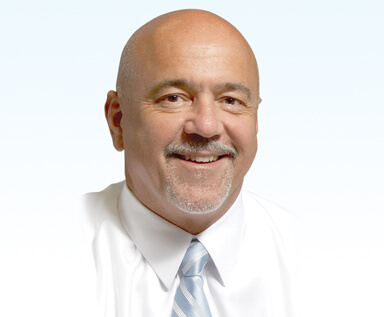Healthcare Solutions: Peering Into the Future
- By Patrick M. Schmidt
 MEDICINE IS ABLE to do more for the human body today than at any other time in history. Treatments that were once thought to be at the forefront of innovation are now looked back on as shocking and, oftentimes, barbaric. Consider, for instance, how mental illness was once treated with electroshock therapy that caused violent seizures and brain damage, bullet removal had a 71 percent chance of death, and the common cold was treated with bloodletting leeches, scarificators and carbolic smoke balls. Now, as we peer into the not-too-distant future, is it possible that some of the treatments that seem so innovative today will also be looked back upon as unsophisticated?
MEDICINE IS ABLE to do more for the human body today than at any other time in history. Treatments that were once thought to be at the forefront of innovation are now looked back on as shocking and, oftentimes, barbaric. Consider, for instance, how mental illness was once treated with electroshock therapy that caused violent seizures and brain damage, bullet removal had a 71 percent chance of death, and the common cold was treated with bloodletting leeches, scarificators and carbolic smoke balls. Now, as we peer into the not-too-distant future, is it possible that some of the treatments that seem so innovative today will also be looked back upon as unsophisticated?
In this annual innovation-themed issue of BioSupply Trends Quarterly, we look at medicine and medical technology that are advancing at an impressive rate to prevent, treat and cure disease from all angles — showing promise to vastly improve medical care for patients and save billions of dollars in healthcare costs.
Personalized medicine is being hailed as the end of the “one-size-fits-all” approach to medical care. In our article “21st Century Medicine: Now It’s Personal,” we discuss customized, patient-tailored therapy approaches that will help to “identify the right drug for the right patient at the right time.” These approaches include predictive tests to determine if a patient might be at high risk of disease onset to allow him/her to take measures to prevent the disease and even reverse it before it has progressed, as well as biomarker-based diagnostic tools and pharmacogenomics to determine if a patient will respond to a drug or experience side effects. In some instances, it may be possible to tailor the treatment to eliminate undesirable outcomes. Personalized medicine hopes to revolutionize the way medicine is practiced by eliminating cookie-cutter treatments, potentially a win-win for patients and practitioners.
With the electronic age in full swing, enter “The Age of Telemedicine.” In this article, we explore the growing trends of doctor-patient televisits in which patients meet with doctors via videoconferencing from the comfort of their homes, telepresence robots in hospitals that help doctors who remotely care for patients, surgeons who perform minimally invasive robotic-assisted surgeries such as laparoscopic hysterectomies from afar, and nursebots that assist patients with everyday tasks. Spurred by the threat of a declining number of physicians in an era when the numbers of patients are increasing, televisits and telesurgeries are the norm today, with televisits predicted to top 1.8 million by 2017 and telesurgeries being performed across state lines and even internationally.
Perhaps one of the most innovative areas in the spotlight today is regenerative medicine, widely hailed as the future of medicine. In our article “Regenerative Medicine: Are We There?” scientists report discovering that rather than replacing tissue and organs, they can regrow them using the patients’ existing organs and synthetic materials. Regenerative medicine, which relies on the use of stem cells, is being practiced today with “spray-on” skin, the regrowth of cartilage and muscle, and the first human implants of organs grown in the laboratory, including bladders and a bioengineered windpipe. But, scientists are merely on the cusp of harnessing the power of the body to heal itself, and it is hoped that regenerative medicine will one day eliminate the need for organ donor transplant lists.
In this and every issue of BioSupply Trends Quarterly, we continue to provide you with updates on progressive medical practices and breakthrough technologies. As always, we hope you enjoy this issue and find the content educational. We welcome your comments.
Helping Healthcare Care,

Patrick M. Schmidt
Publisher